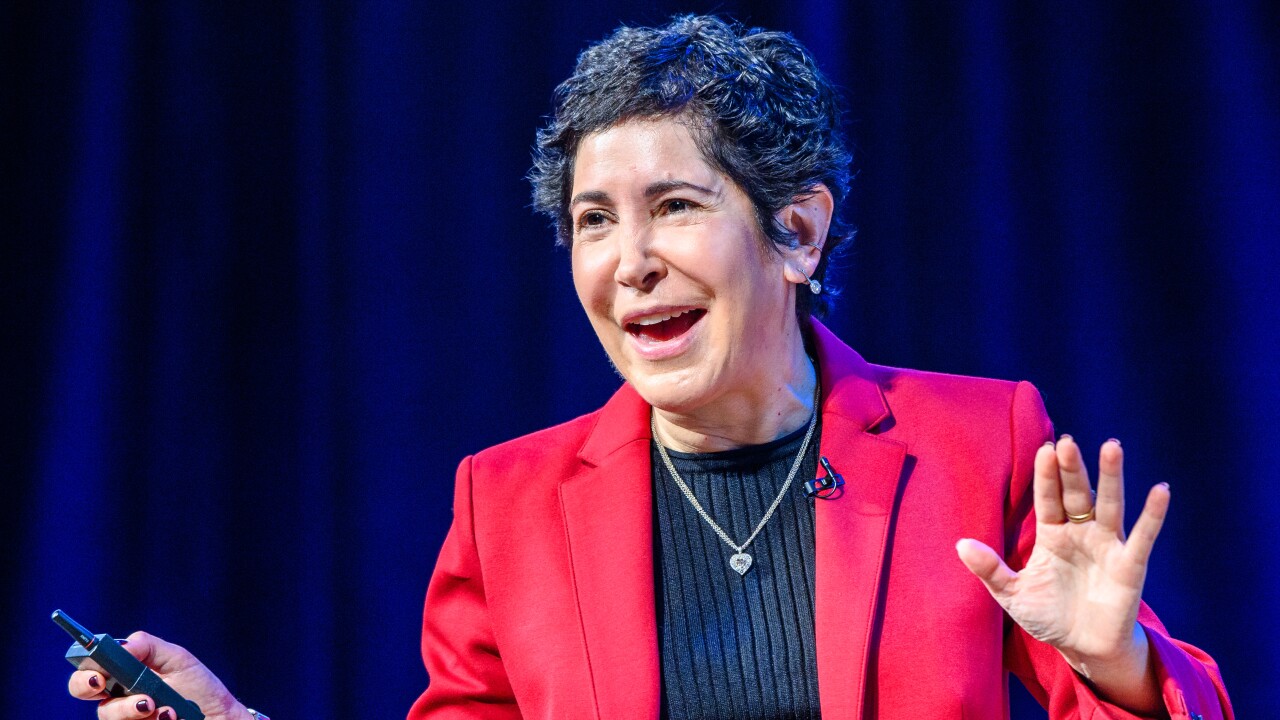Eleven years ago, Peter Danilaitis worked at Home Depot. Today, he's a Top 10 branch manager. How did the Minnesota-based Wells Fargo complex manager make the leap from big-box retailing to vice president-level financial advising?
A former entrepreneur who built a home-improvement company in northwest Indiana before becoming a sales manager at Home Depot, Danilaitis wanted to run a business again while having the support that comes with a corporate environment. "That led me to Edward Jones, where I built an advisory practice from scratch, and to Ameriprise, where I became a producing branch manager," he says. "Along the way, I discovered that my real passion was for leadership."

That made a nonproducing branch management position at Wells Fargo an appealing next step for the Indiana University alumnus. After joining Wells Fargo, Danilaitis soon became responsible for the firm's satellite office in Woodbury, Minn., about 20 miles from his Bloomington base in the Twin Cities area. At last count, the branch had $3.2 billion in assets under management.
-
Several of the largest moves this year show top talent is looking beyond traditional choices.
July 20 -
The UBS Americas president explains why he thinks the industry's pursuit of top talent has gone too far.
June 13 -
Market volatility and industry changes have had a chilling effect on advisers' career plans.
July 10
As Danilaitis puts it, the size and resources of Wells Fargo offer an ideal setting for "pushing people through coaching." He meets with his 48 advisers individually to determine what's most important to them. "Some say they want more time for their family, for their church or for other pursuits," he says. "If so, I suggest they go through our practice management program."
Nurturing others comes naturally for Danilaitis. He and his wife, Karen, who have been involved in foster parenting in both Indiana and Minnesota, have five children — two biological and three adopted through foster care.
Here are wealth management's elite leaders, responsible for landing the best talent and helping to shape the industry’s future.
Danilaitis puts special emphasis on coaching advisers during their first 90 days at the firm. "During that time, new hires are most apt to actually change their ways," he says. "Most advisers, though, just focus on the move and keep doing what they did before. They go from one firm to another without changing practices or resources. They wind up exhausted from the move."
But Danilaitis encourages his new advisers to learn new things. "We'll introduce them to our product partners, our private banking partners, our lending partners," he says. "These are all resources inside the firm. I've seen advisers redefine their practice after going through this process."
Advisers who don't follow this process continue to bring in new assets via a "haphazard referral here or there," Danilaitis says.
But new advisers who accept his lead will create client profiles and determine what products and services each client needs. This could be planning or life insurance or long-term care insurance or education planning, for instance. From there, the adviser's team can develop short-, mid-, and long-term plans for the client — and the client's assets.
This bio originally ran as part package of profiles about On Wall Street's top 10 branch managers:







